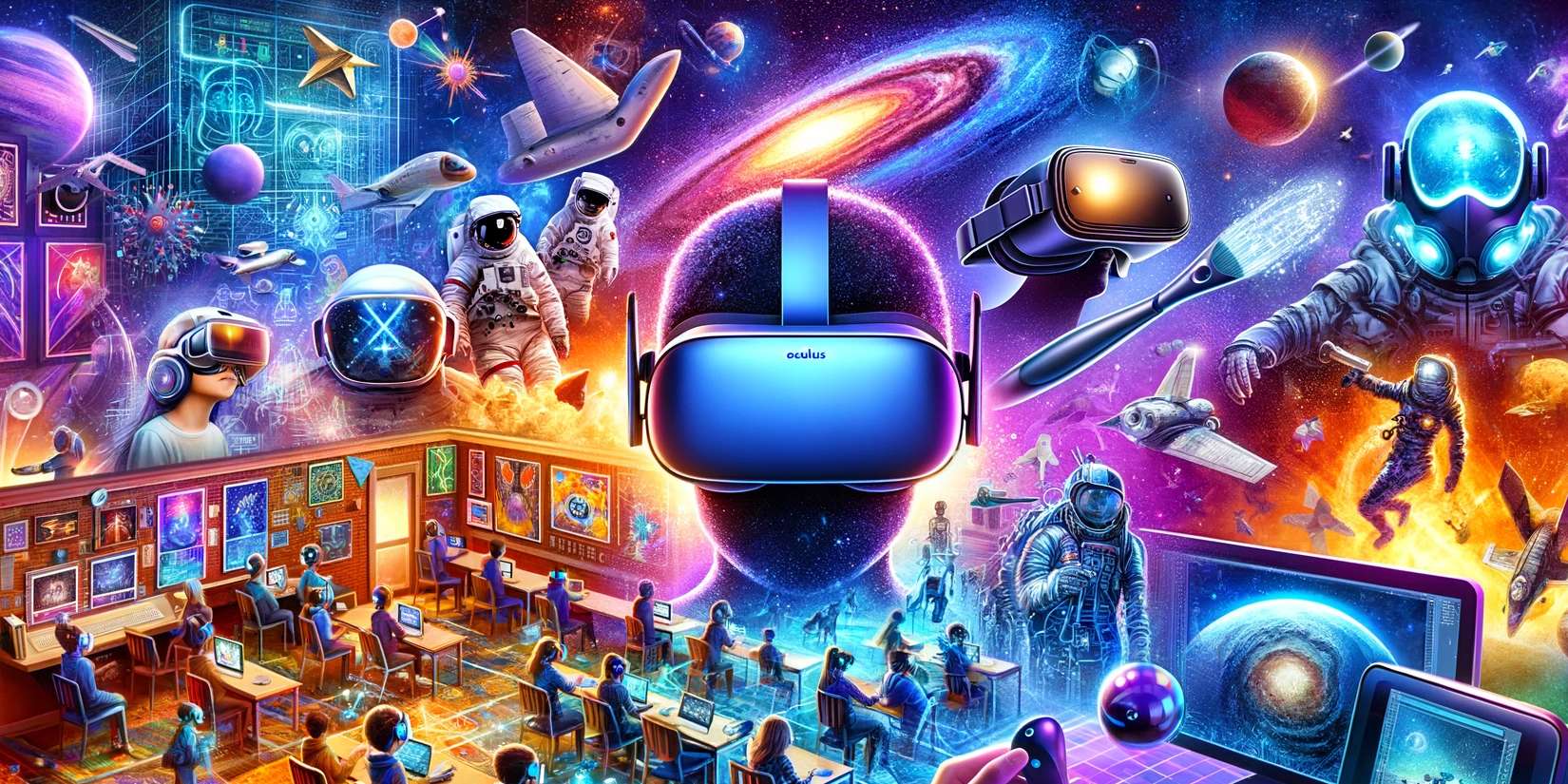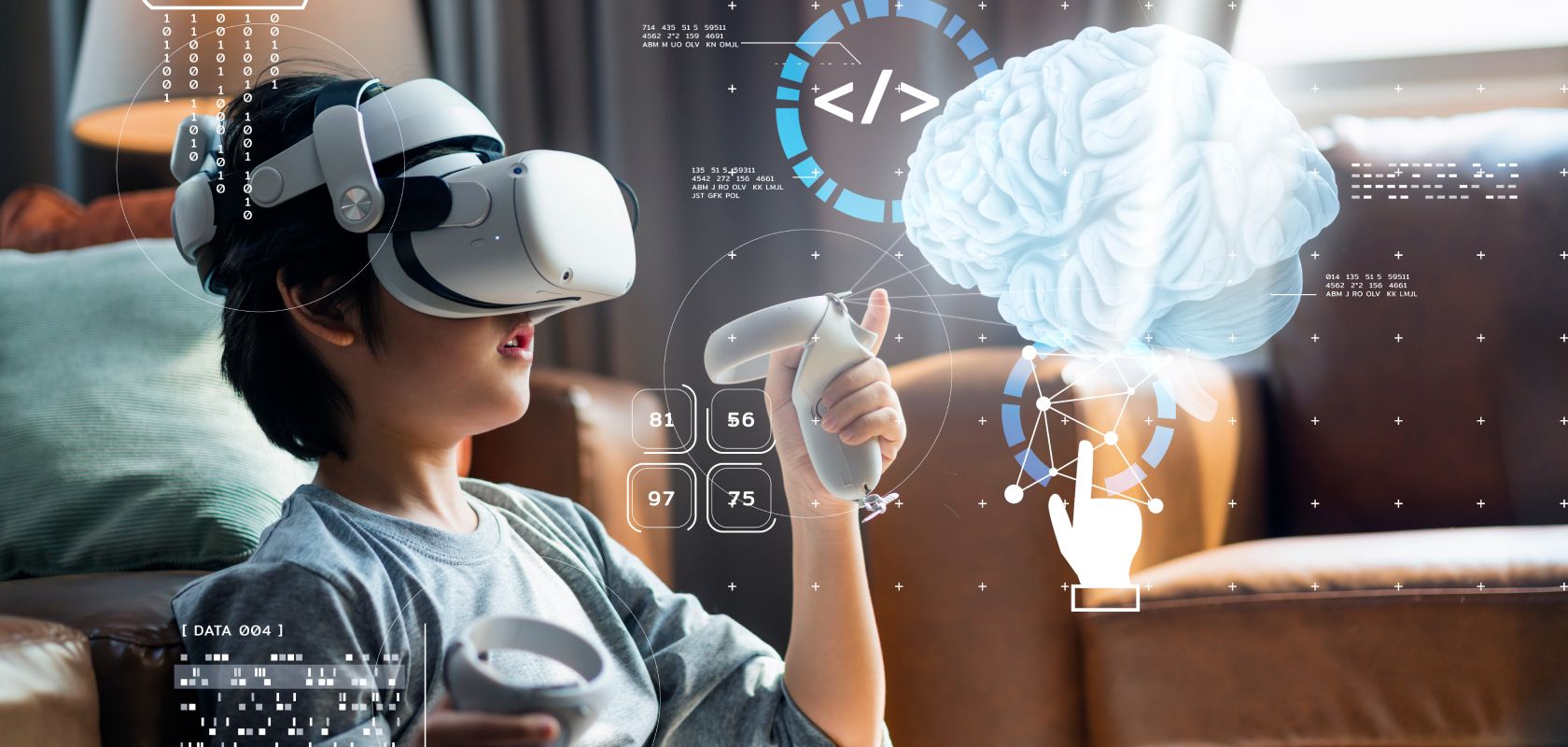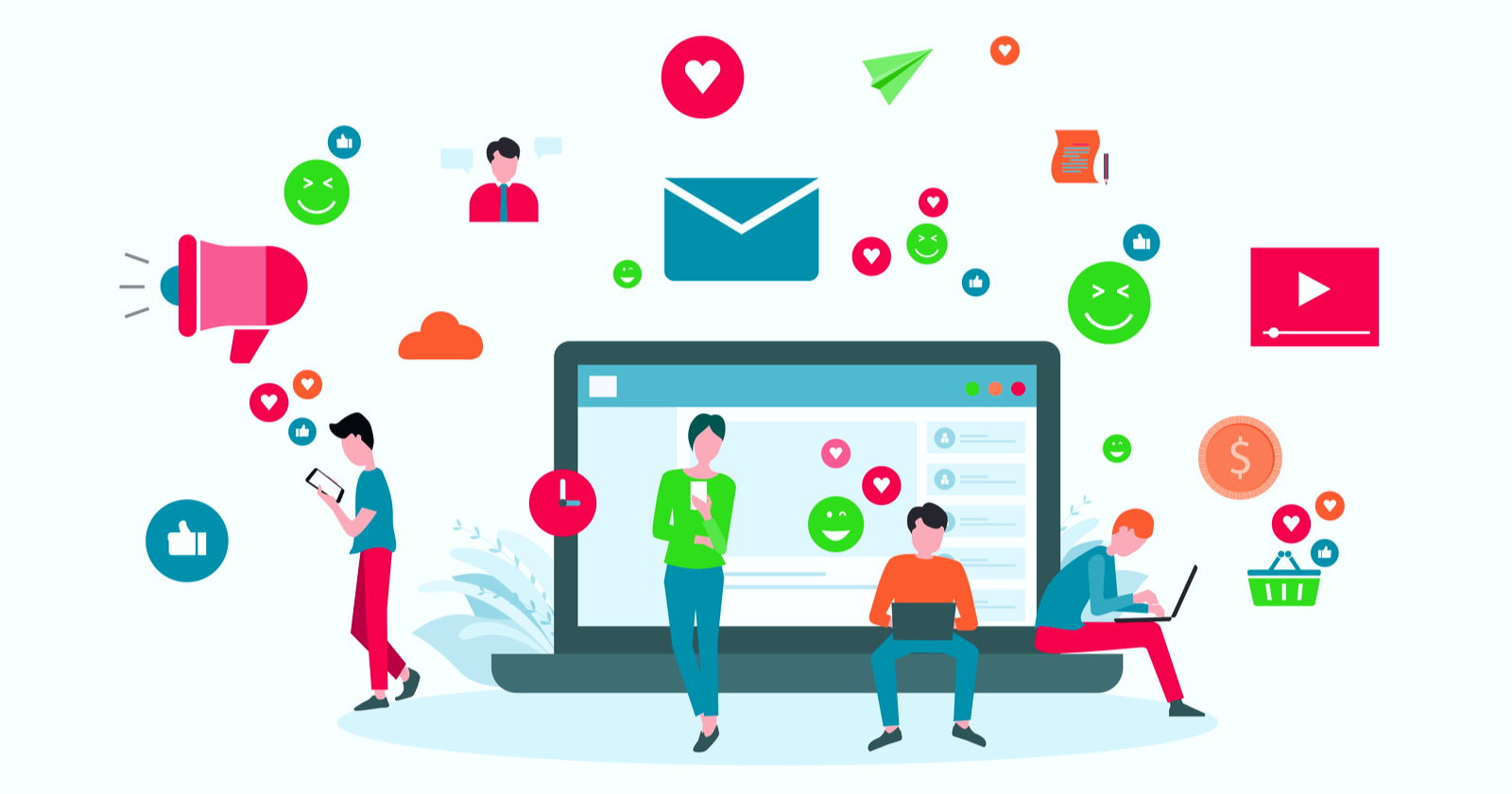

Morton Heilig and Ivan Sutherland pioneered visionary concepts in the 1960s and 1970s that laid the groundwork for VR. Heilig's Sensorama and Sutherland's 'Sword of Damocles' paved the way for the immersive experiences we have today, demonstrating the early union of technology and imagination. Artificial intelligence serves as the foundation for improving VR experiences, with AI-powered algorithms increasing visuals realism and personalizing experiences to individual tastes. The merger of AI and VR ushers in a new era of immersion, with tailored interactions and lifelike simulations pushing the frontiers of human-computer interaction.

Virtual reality has a far-reaching impact on society, altering industries and redefining human connection in a variety of ways. VR in healthcare improve abilities and reduce errors by facilitating surgical training and patient rehabilitation. Educational virtual reality experiences bring learning to life, allowing students to encounter topics and places that might otherwise be unavailable. Even in remote work environments, VR promotes cooperation and productivity by breaking down geographical barriers and increasing connection. However, the societal consequences of VR are not uniform, with minor issues appearing throughout groups of society. Economic inequality may impact access to VR technology, thereby expanding the divide between the wealthy and the underprivileged. Generational divides and cultural factors further shape the adoption and utilization of VR experiences, underscoring the importance of equitable access and inclusive design in the development of VR technologies. On a personal level, Virtual Reality has far-reaching ramifications, enabling enrichment and connection. VR encourages shared experiences and collaborative initiatives among families students, and friends; transcending physical limits and developing a sense of community. As for my generation, we are on the verge of a technological revolution, ready to advance the full potential of VR to design a future limited only by our imagination. Looking ahead, the future confluence of AI and VR promises remarkable progress, powerful hardware transforming immersive experiences.

Finally, Virtual Reality is a shining example of innovation, providing a look into a future in which the distinction between the real and the virtual is become meaningless. As we navigate the AI ages, let us embrace this evolution with curiosity and amazement, harnessing VR's revolutionary ability to construct a world where imagination knows no bounds and reality is but a canvas for our dreams.


No comments:
Post a Comment